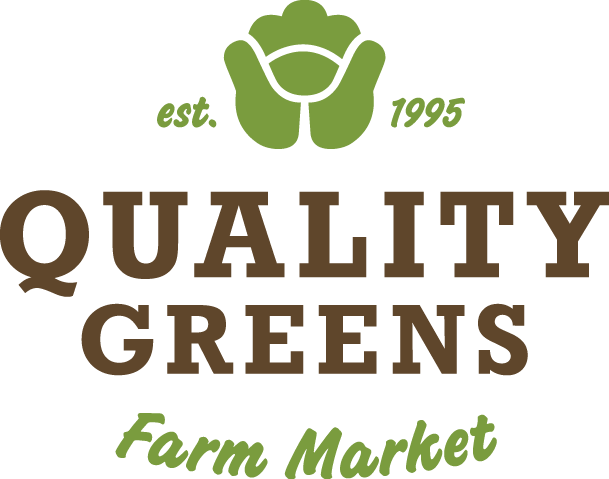
THE UNSUNG HERO
February 6, 2019 by Lisa Aschenbrenner
Hello - Here is part 2 of the blog for how to get kids to eat better and feel good.
THE UNSUNG HERO
So, you have lots of good food ideas and food on the table, but it’s not getting the response, or even eaten, as you had hoped for?
An unappreciated healthy meal can make the cook feel disappointed and defeated and may cause one to want to give up. What options do you have?
Give in? Buy the nuggets and processed stuff that is easily eaten?
What if there was a balance between the optimal and not so optimal foods? What if it wasn’t about all or nothing?
Here are some thoughts, based on experience of myself, other professionals, and families I have worked with.
Find what foods your family likes that you do feel good about? Often, those can be things like fruit, berries, nut butters, some simple veggies like potatoes, carrots or cucumber with dip? Eggs and cheese? Start with what is acceptable. Find things similar to those items and slowly increase. Carrots have a close relative which is a parsnip. Sweet potatoes are close to white potatoes, but have even more nutrients. Eggs and cheese can slowly turn into an omelette with 1/2 cup of finely chopped veggies (that is a serving!).
Roasting veggies like potatoes, sweet potatoes, onions, carrots, beets, butternut squash, etc, gives them a sweeter taste for not so excited veggie eaters. Even add butter as well as sprinkle a teaspoon of brown sugar, if it helps to get them to eat them to start with. It is baby steps for some and this step can be helpful.
The goal is first to look at the most highly processed foods with non-food ingredients, and moving to better ingredients, even if still store bought, to eventually possibly homemade similar foods that you family enjoys. The benefits of homemade foods is often less chemicals, and that one change can impact health, as well as focus, and mood.
FOCUS AND MOOD
When we look at root causes of focus and mood issues, there can be a few reasons. One big one can be additives in food, such as colors, sugar, preservatives, pesticides, as well as MSG (Monosodium Glutamate) and Aspartame. MSG and Aspartame (also known as glutamic acid and aspartic acid), both produce excitatory effects to brains and can cause neurotoxicity.
The opposite calming neurotransmitter is GABA. When we can modulate the excitatory and calming neurotransmitters, symptoms such as anxiety, anger, irritability, sleep problems, and even language delays can be improved.
HOW DO WE BALANCE GLUTAMATE AND GABA?
AVOID: Read labels to avoid items that may have any of the above additives, and other non-food ingredients (numbers and codes). Note, MSG can show up in about 30 different names, such as, yeast extract, anything hydrolyzed, autolyzed yeast, flavour, etc. However, because it is also used in packaging, it may not be even labeled.
ADD IN: Eating foods with good amounts of magnesium and B6 to help the conversion of Glutamate to GABA. Magnesium is found to be high in: Leafy Greens, Fruit, Avocados, Nuts and Seeds, Legumes, Broccoli, Cabbage, Green beans, dark chocolate, etc. Where B6 is found to be high in:Poultry, Fish, Whole grain cereals and bread, Eggs, Veggies, Brown rice, etc.
Note: Even some healthy foods can have free glutamic acid and some people cannot handle even those health food containing it. Best plan is to watch how foods affect each of us personally. Watch your child to see if they have times that they react to even a healthy food incase it is the related natural MSG caused by protein breakdown.
After school is a very important time where food choices could be problematic if something was not ready to eat. Have ready to go options - real whole foods - fruit/veggie/hummus, nut butter energy bites, etc. Less processed foods.
SUMMARY
What you remove (irritants) is as important as what you add in (injury/sooth/build/repair). Look for swaps that use more optimal ingredients. Focus on one food item at a time if it is overwhelming. Find the most used food item to start with, if you can.
Everyone is different for what foods are best for you. Base what you and your family eats on how you each of you feel after eating certain foods. A food journal is helpful.
For kids who have developing brains and bodies, quality and clean real whole food resources help them develop to be their best, as well as limit inflammation.
In severe cases of picky eating, it is wise to get guidance and support if needed. A nutritionist can help with ideas, and a feeding specialist can be critical where textures and other eating issues may be problematic.
Additional thoughts - The new Canada Food Guide. Next week I want to take a look at that and share some thoughts.
Have a great week!
Lisa.

